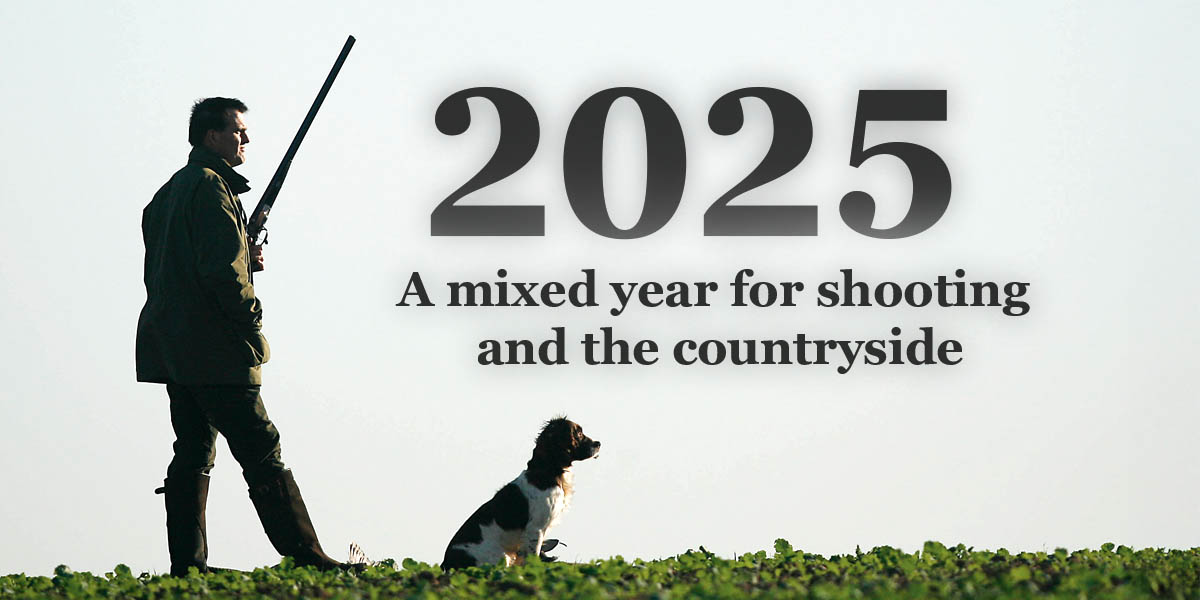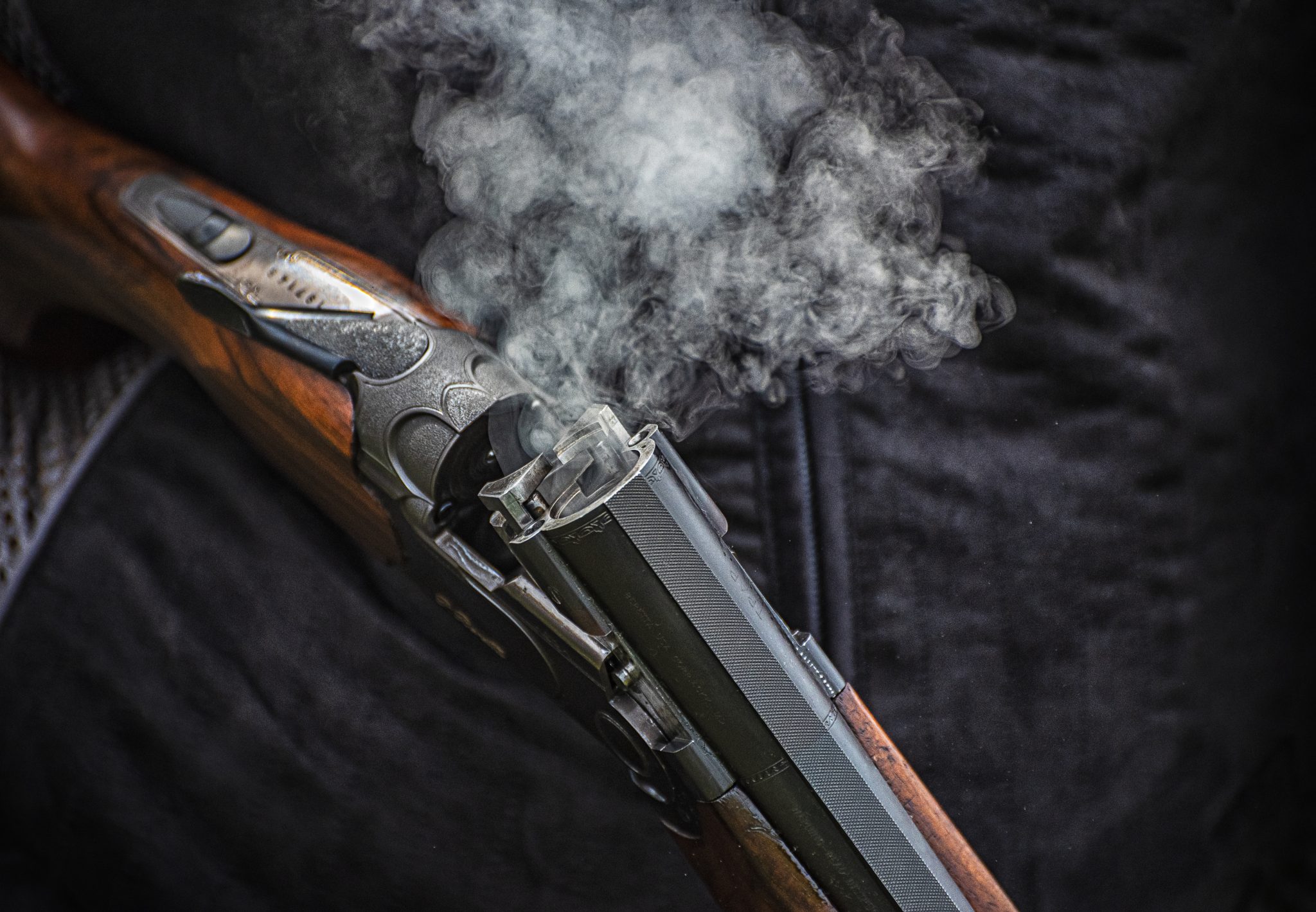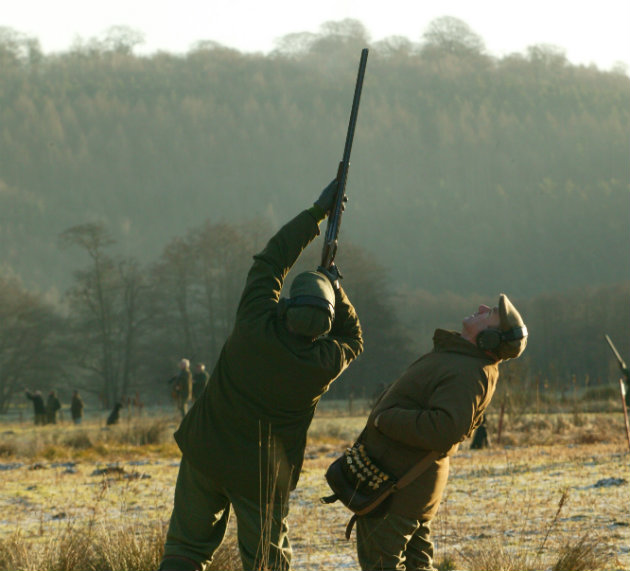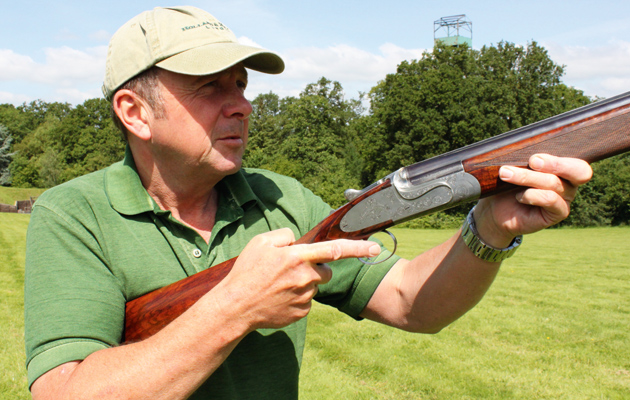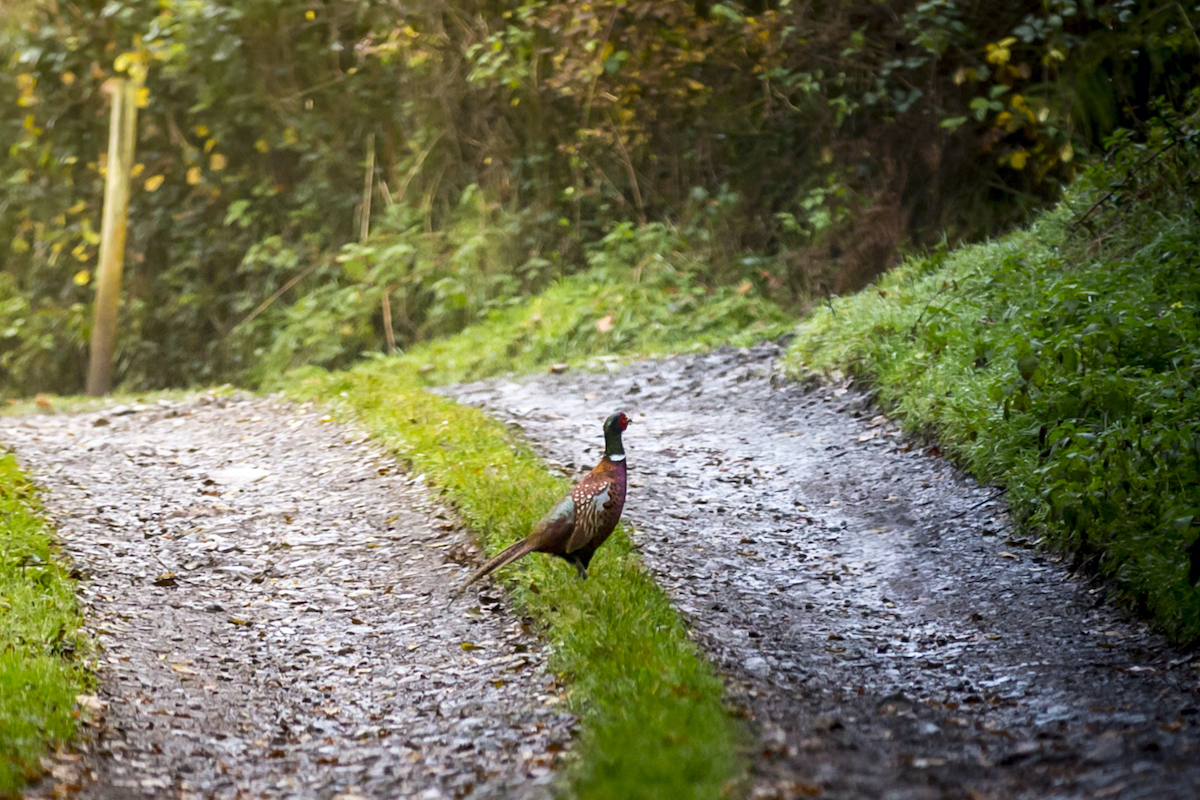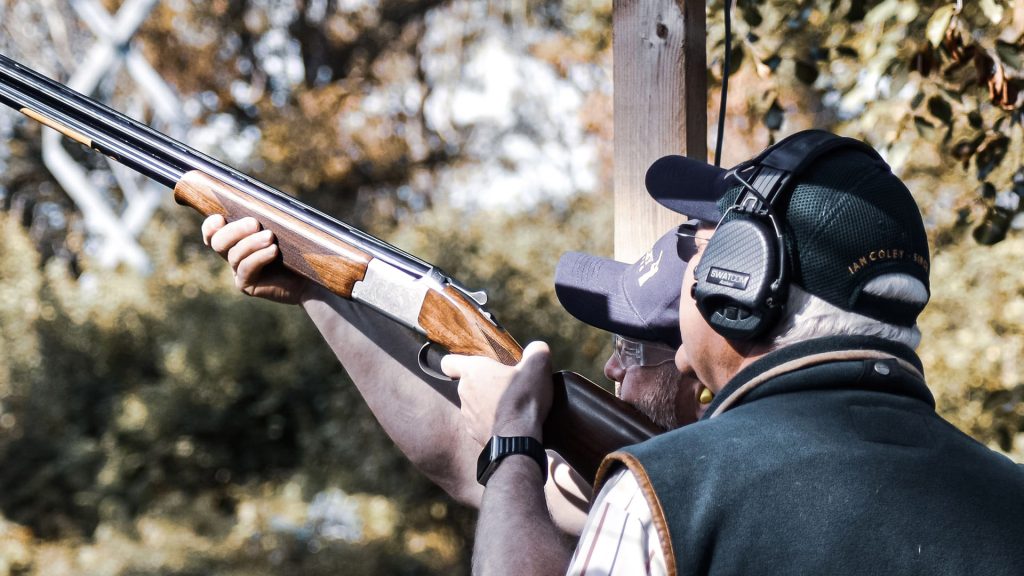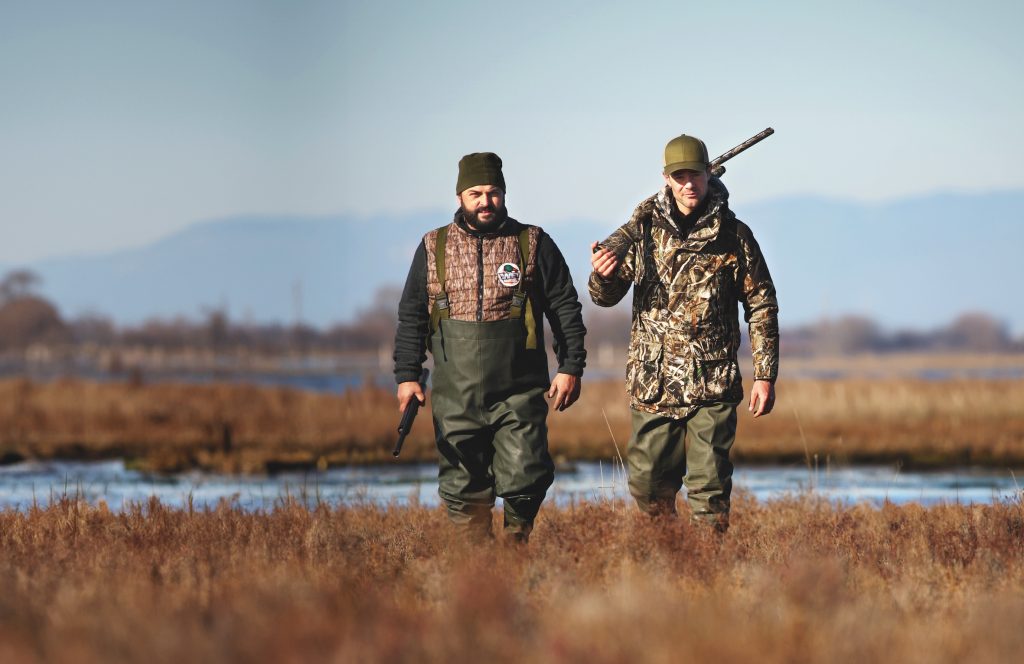When it comes to shooting high pheasants the most important thing is having experience. Lead is important. However maintaining a…
Win CENS ProFlex DX5 earplugs worth £1,149 – enter here
How to improve your pheasant shooting technique
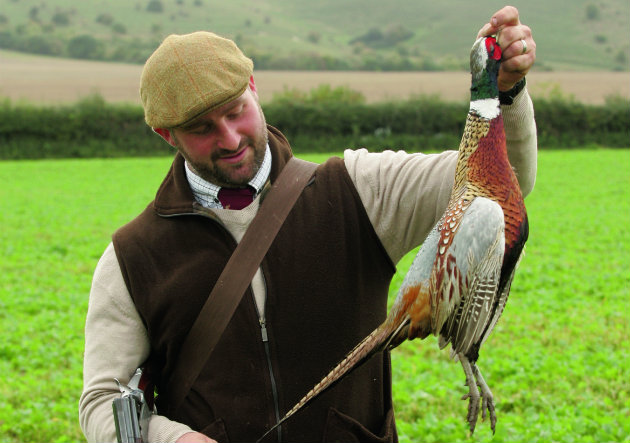
Here are some pheasant shooting techniques to help you in the field
Footwork and balance
In all forms of driven shooting, good footwork is the building block for any shot, and with good footwork comes good, controlled balance. Without these two factors at the start, shooting consistently is not possible.
- Footwork is moving with what the bird is doing
- Move while watching the bird in flight
- Move your feet without mounting your gun, preparing yourself for the shot
- Don’t start moving and mounting because you will pull the muzzles away from the line of the bird
- The bird dictates where you move your feet if you watch it correctly
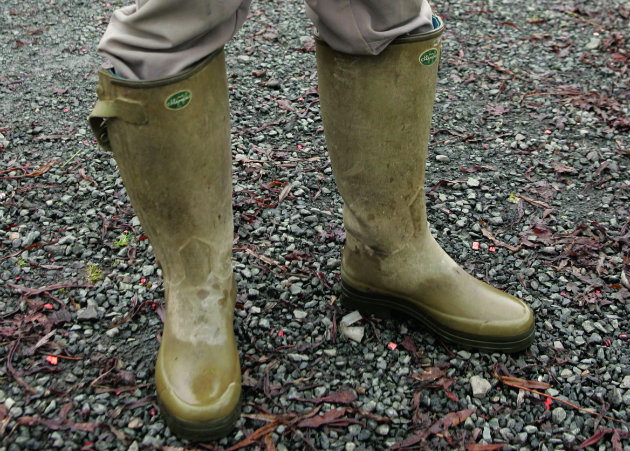
Without mounting, move your feet as you watch the bird in flight, preparing yourself for the shot
Gun mount
- To shoot consistently, you must be able to mount your gun smoothly and accurately on to your moving bird
- This enables you to read speed, distance and direction in one smooth movement
- You will then be able to make the shot at the correct time
- Address your chosen bird correctly by holding your muzzles just below the line of your bird for a straight-driven bird
- Make sure your eyes are in line with the muzzles.
- Keep looking at the bird and keep your head still as you bring the gun to your cheek.
- Watch the bird as you pull the trigger, and watch it fold in the air.
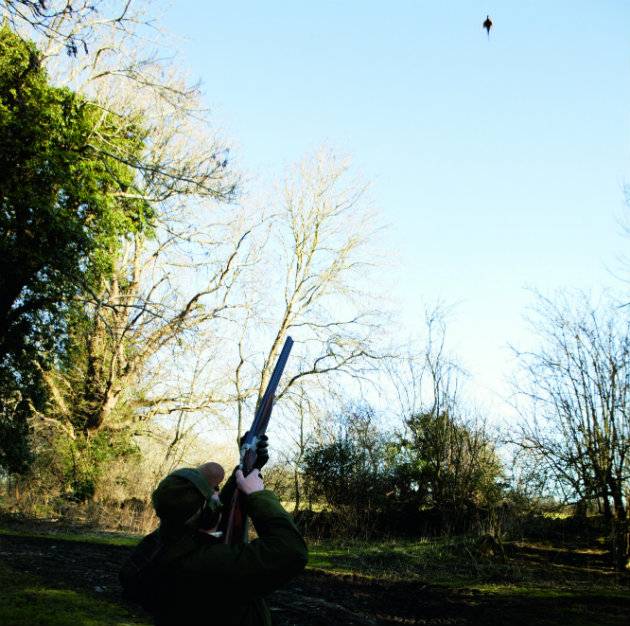
Watch the bird as you pull the trigger and continue to watch it as it folds in the air
Know your distances
Knowing the distance of birds is very important. Part of consistent shooting and shooting to the best of your ability is knowing what you can kill cleanly and safely.
How to practise your gun mount at home
There is no substitute for regular gun mounting practise to achieve a smooth, fluent and efficient mount — bringing the…
What is the best shotgun cartridge and choke combination for pheasant shooting?
The right shotgun cartridge and choke combination for pheasant shooting could transform your days this coming season. There have been…
Different breeds of pheasant have different flight patterns
Knowing which breed you’re confronted with and how it is likely to react will have a beneficial effect on your success out in the field. Here’s a handy guide.
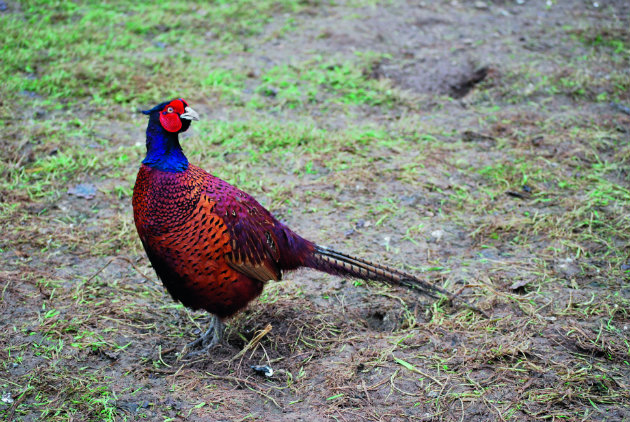
Old English blackneck
Old English blackneck
You’re most likely to come across these on woodland shoots. This is a big pheasant and a deceptive flyer, giving the impression of being a bit slow and cumbersome. But it isn’t. Be warned.
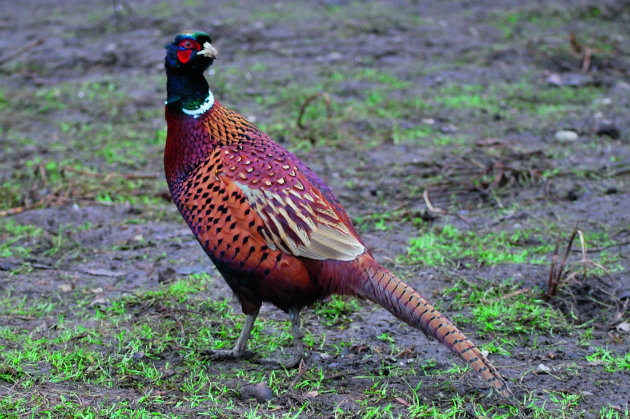
Polish bazanty
Polish bazanty
The Polish bazanty has become the popular bird on many shoots in the UK.
It’s a medium-sized pheasant, They are strong, hardy and generally straightforward to flush. On windy days, no pheasant in the UK can move and slide like this breed. They’re a real challenge then.
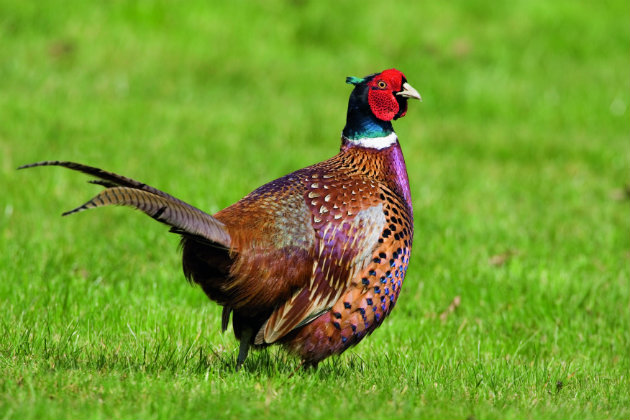
Common ringneck pheasant
Common ringneck
The go-to breed for many shoots. A large and powerful pheasant that is capable of taking on very windy conditions.

Kansas
Kansas
A small breed tat can give the impression that it is moving a lot faster than it really is.
They are known for flying a bit higher than some breeds, and low-ground shoots have started using them a bit more. When standing under them don’t be fooled by their speed, which can catch you out. They are flighty birds and can become line-shy quickly if shot too hard.
Tom’s top tips for successful pheasant shooting
- Pay more attention to the breed of pheasant you are shooting on the day. They are all different and can all behave slightly differently in flight. Their speed, apparent size and manoeuvrability can change in different conditions, so gen up!
- Remember your footwork is the basis for any shot: if you get your feet wrong, the shot is sure to go wrong. Your feet move because of what the bird is doing in flight, not because the rule books say you have to move. Move your feet correctly before you mount the gun and make the shot.
- A good, consistent gun mount is very important. Reduce the factors that could go wrong in mounting the gun consistently on to your pheasants. Address the bird properly and set yourself up for the shot. Don’t rush and don’t panic. Finish your shot properly by watching the bird fold in the air.
- Fieldcraft is very important. The more you understand what is going on, by reading a drive and the conditions, the more you will understand the birds in flight.
- Keep smiling, have a really great season and simply enjoy your pheasant shooting!
Related Articles
Get the latest news delivered direct to your door
Subscribe to Shooting Times & Country
Discover the ultimate companion for field sports enthusiasts with Shooting Times & Country Magazine, the UK’s leading weekly publication that has been at the forefront of shooting culture since 1882. Subscribers gain access to expert tips, comprehensive gear reviews, seasonal advice and a vibrant community of like-minded shooters.
Save on shop price when you subscribe with weekly issues featuring in-depth articles on gundog training, exclusive member offers and access to the digital back issue library. A Shooting Times & Country subscription is more than a magazine, don’t just read about the countryside; immerse yourself in its most authoritative and engaging publication.



